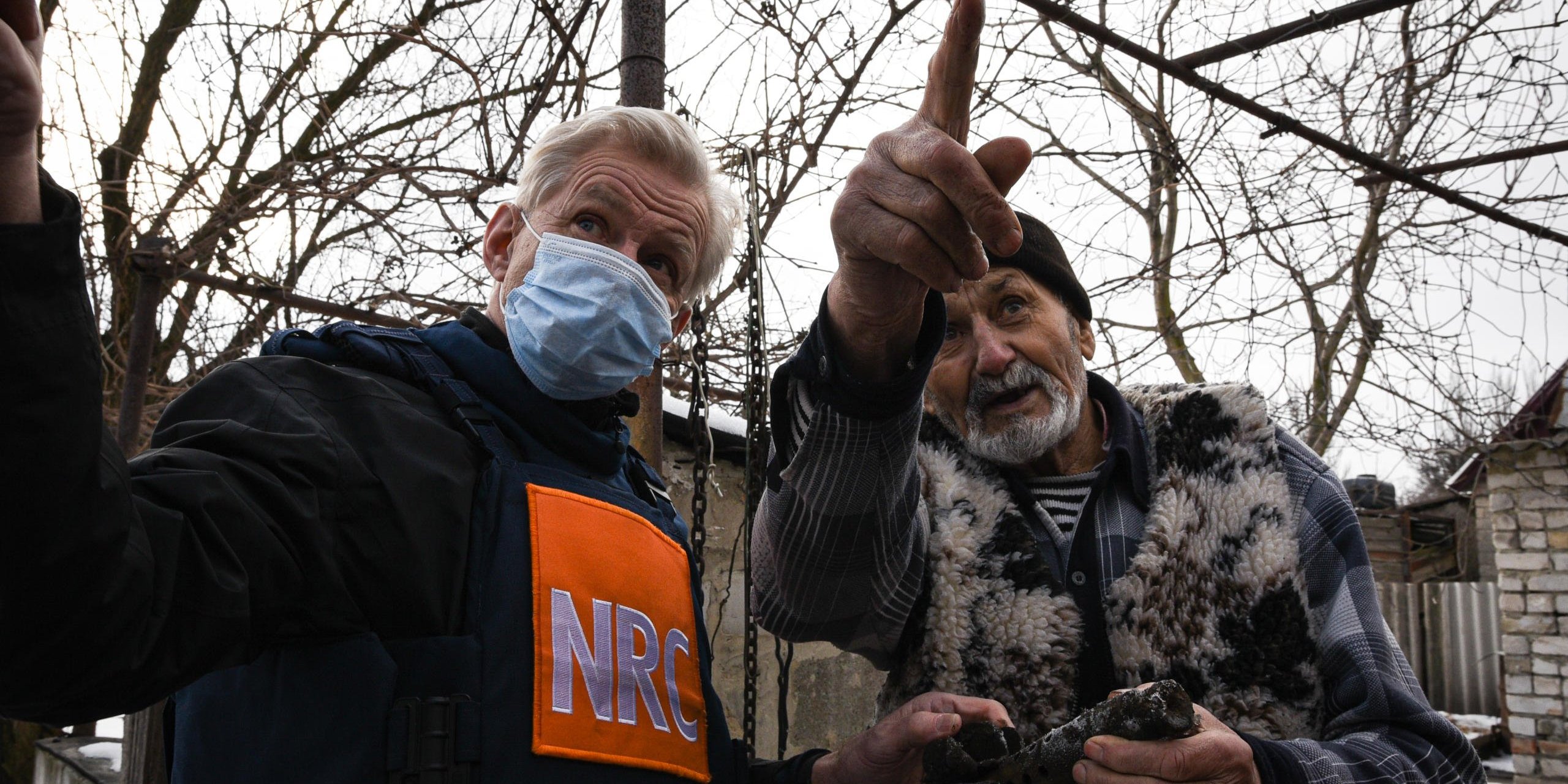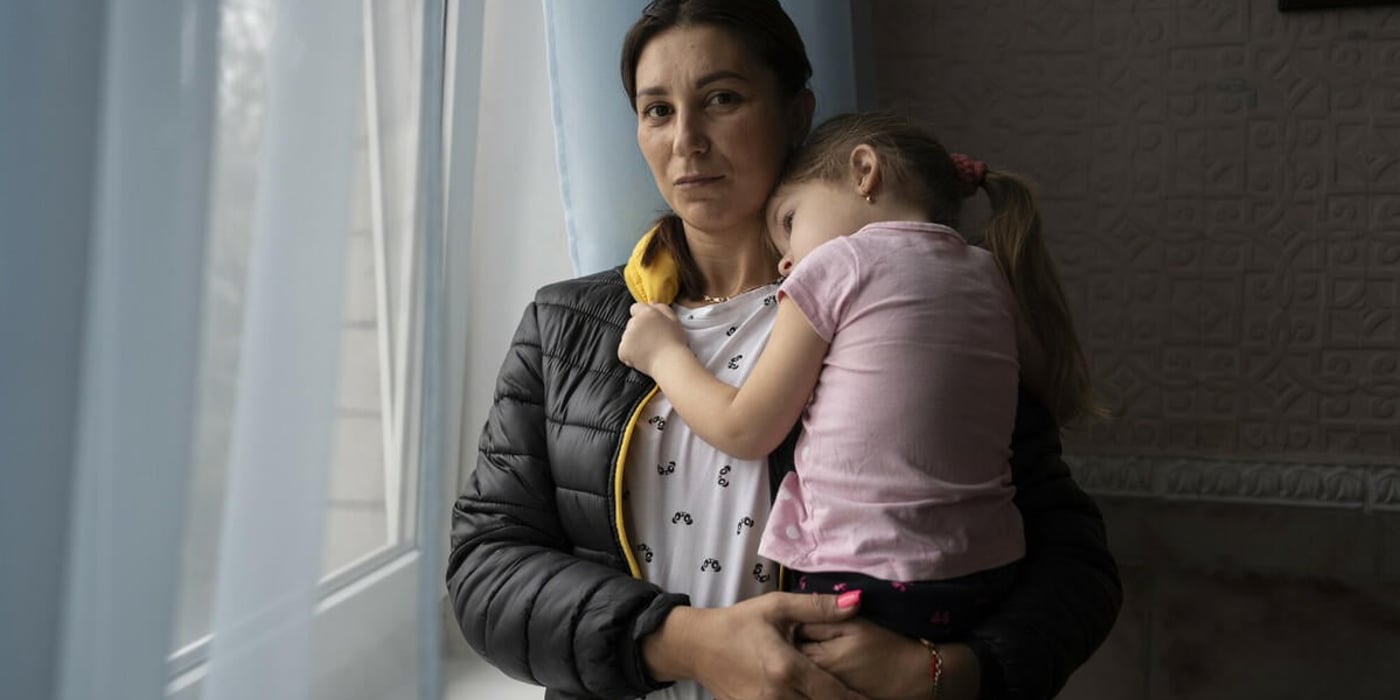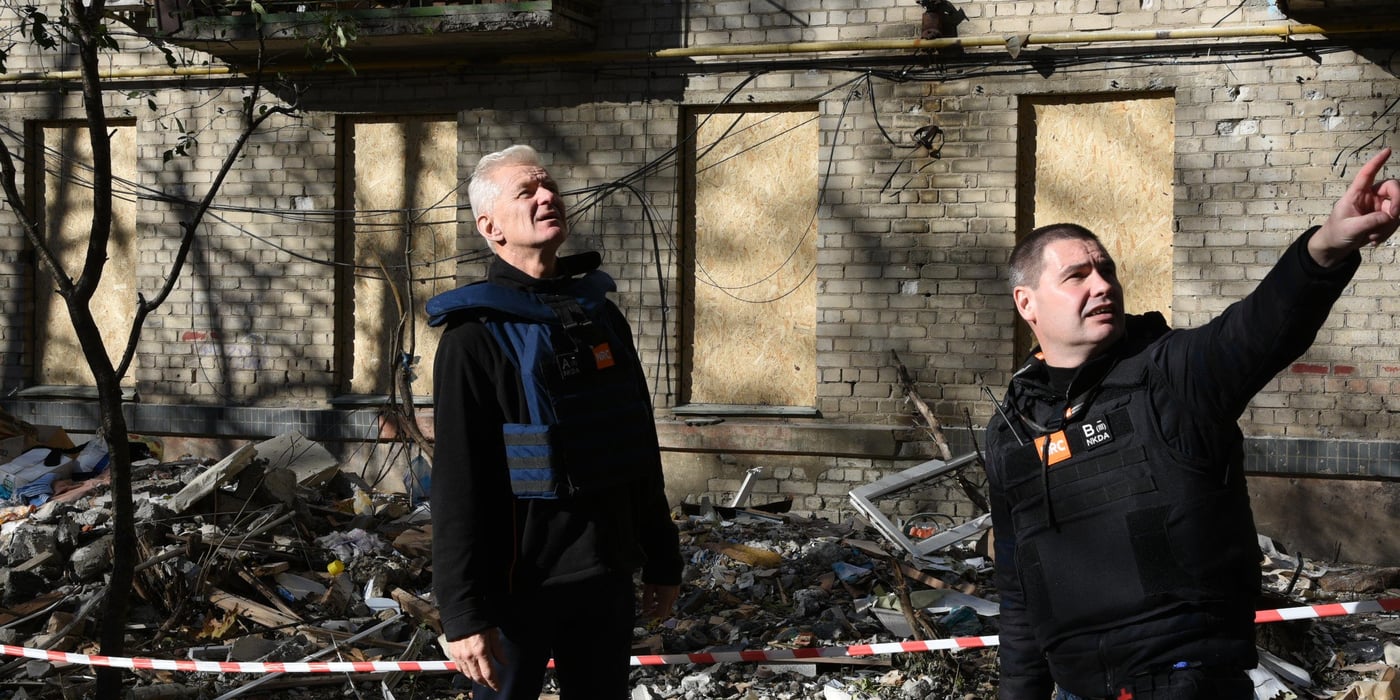
Tensions between Moscow, Kyiv and the West have increased dramatically in recent weeks, raising the risk of renewed violence.
“The lives and safety of millions of people in eastern Ukraine hang in the balance as we wait for a political breakthrough to the current impasse. The human suffering of renewed conflict would be limitless. It would result in massive civilian casualties and displacement, and soaring humanitarian needs,” warned Jan Egeland, Secretary General of the Norwegian Refugee Council, on a visit to Ukraine this week.
“I met countless exhausted and freezing elderly people at the frontline. We cannot have another war in the midst of hundreds of thousands of pensioners," he added.
Armed conflict in eastern Ukraine is now in its eight year. It continues to take a heavy toll on civilians. Nearly 3 million people rely on humanitarian assistance, and over 850,000 are internally displaced.
Active hostilities would dramatically worsen the existing humanitarian situation, where needs are already high from years of violence. It would devastate already damaged civil infrastructure, further restrict peoples’ movements, block access to communities in need, and disrupt essential public services such as water, power, transport and banking.
It would also trigger massive new displacements, as millions of people in Donetsk and Luhansk regions would be under threat.
“I have not seen my daughter or granddaughter for two long years because the crossing points between our divided Luhansk and Donetsk communities have been nearly sealed off due to conflict and Covid-19. Now we risk our desperate situation getting even worse. We need peace and freedom of movement, not more conflict,” said Natalya, a Ukrainian grandmother living close to the conflict line.
Conflict would reverse improvements made to the humanitarian situation in recent years. The number of people in need decreased from 5 million in 2015 to 3 million projected for 2022.
“Today we should have been talking about gains in the humanitarian situation. But our progress risks being wiped out in an instant, and thousands of families who have just started recovering are at risk of finding themselves at the epicentre of active hostilities,” said Egeland.
Conflict parties must prioritize de-escalation, and refrain from all hostilities, including unconventional acts of aggression. This include spreading misinformation and interference with the provision of essential services. Diplomatic resolution must be premised above all other outcomes while international law must be fully respected by all parties.
Facts and figures:
- The conflict’s civilian death toll has topped 3,000, with over 7,000 people injured since 2014. Over 50,000 houses have been damaged or destroyed.
- Of the 3 million people in need of aid in 2022, 1.3 million are living in Government-controlled areas and 1.6 million people are living in non-Government-controlled areas.
- The UN’s Humanitarian Response Plan for 2022 calls for $190 million to assist 1.8 million people.
- Ukraine is "the oldest” humanitarian crisis in the world, as about 30% of people in need are elderly.
- The UN estimates that there are 854,000 internally displaced people in Ukraine.
- Eastern Ukraine is divided by a 427-kilometre-long front line with 7 crossing points. Since March 2020 movement across this line has been significantly restricted. The number of crossings has decreased by over 90%, from over 1.2 million per month before the Covid-19 pandemic to less than 100,000 per month.
- Ukraine is one of the most mine-contaminated regions in the world. It ranks 5th in the world for civilian casualties as a result of landmines and explosive remnants of war, and in the top three for anti-vehicle landmine accidents. Almost 70 per cent of civilian casualties were caused by landmines and explosive devices since July 2020.
- NRC has been working in Ukraine since 2014, assisting over 700,000 people with food, shelter, water, sanitation and legal aid.
- For more information or to arrange an interview, please contact:
- NRC global media hotline: media@nrc.no, +47 905 62 329.
- In Ukraine: Tiril Skarstein, skarstein@nrc.no, +47 905 69 287, +380661332811
- Video b-roll of Secretary General Jan Egeland’s visit to Ukraine, and video showing humanitarian needs, is available to download for free use here.
- Photos depicting humanitarian needs are available to download for free use here.



